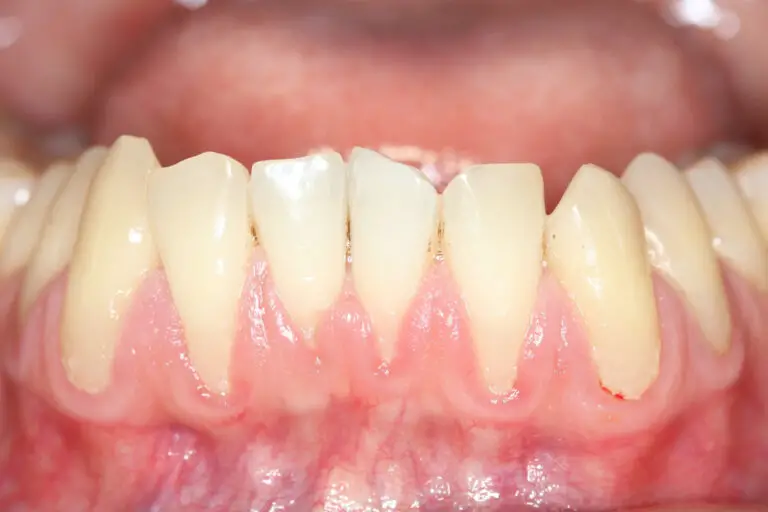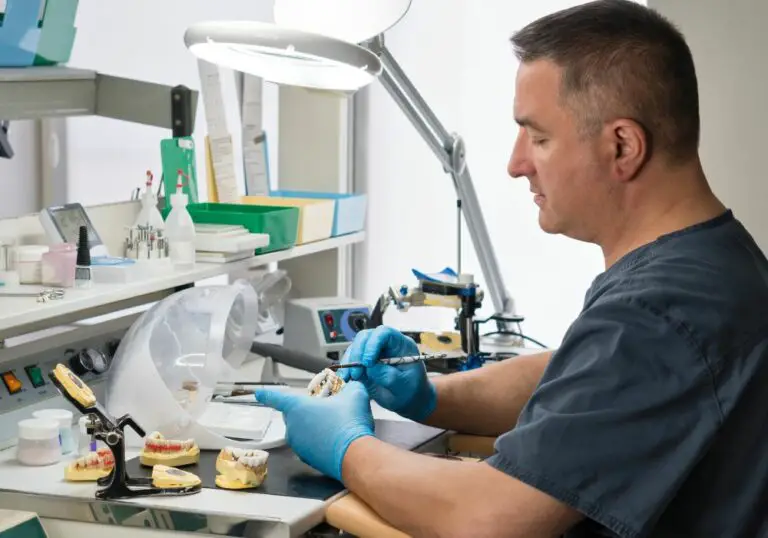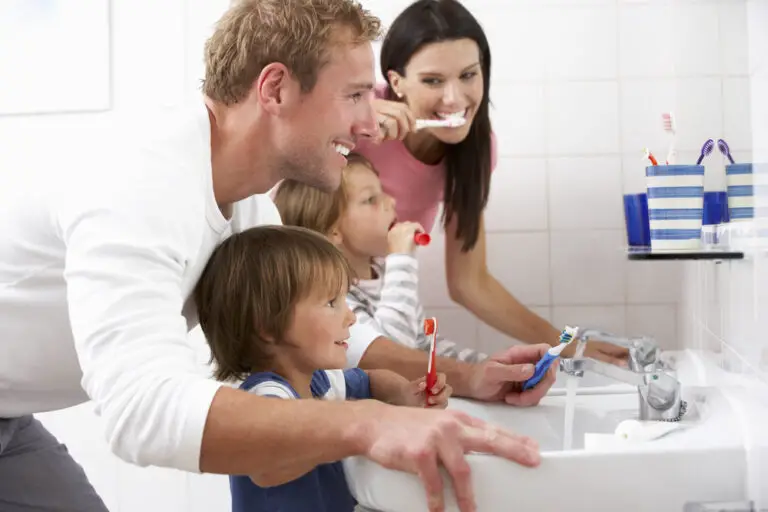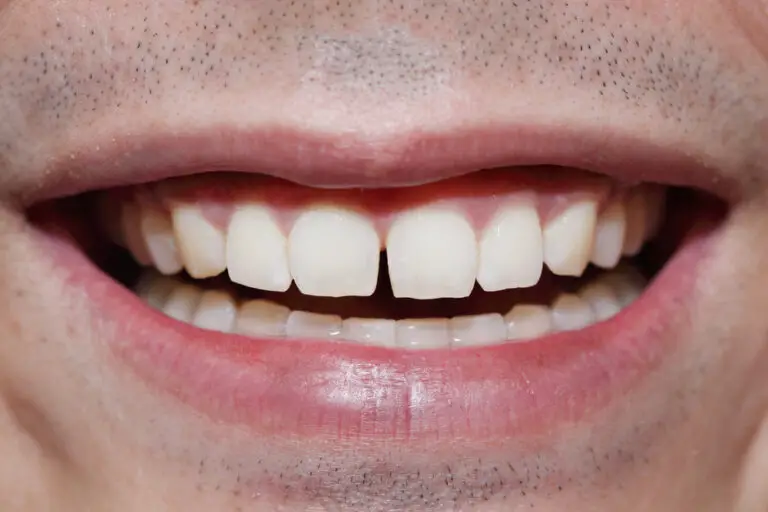Dog teeth are remarkably similar to human teeth in terms of how they develop and how they need to be taken care of. As with humans, dogs have two sets of teeth, but when do they lose their baby set and how can you support your dog during this time?
Here we’ll answer those questions so you know what to expect when your dog starts losing their teeth. We’ll also look at the process of how their permanent teeth come through and how you can ensure they last a lifetime. Let’s get started!
When Do Dogs Lose Their Baby Teeth
Baby teeth in dogs don’t last for very long at all. Usually, they will start to fall out after around twelve weeks and this process can continue until they are six months old. They usually follow a general order with the incisors being lost first, followed by their canines and then premolars.
We didn’t mention molars there, as dogs have no baby molar teeth. Overall, dogs have 28 baby teeth and these should all be lost by the first six months of their life. They’ll eventually be replaced by their 42 permanent teeth.
Dog Teeth Timeline
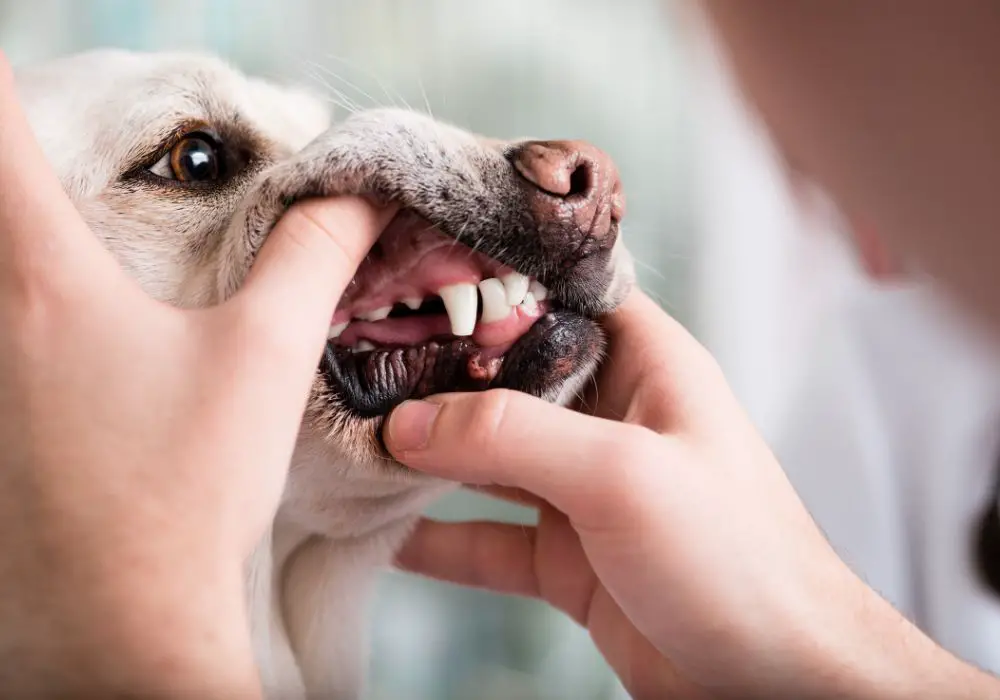
To understand when their teeth will be lost and when the new ones will come in, we thought it was a good idea to give you a timeline of what you can expect.
- 2-4 Weeks – You are unlikely to see any teeth in this time (though it’s possible) but they will start pushing through. Due to this, you may notice some teething problems at this young age if you are looking after the pups.
- 4-6 Weeks – Here’s when their first teeth start to come in. These will be the incisors which are the teeth at the front of the mouth, which are used for cutting food. Any teething issues are likely to continue at this time.
- 5-6 Weeks – Here their canines will grow in which sit next to their incisors. As with humans, dogs have only four of these teeth (both as a baby and an adult) in each corner of their mouth. These teeth are used for gripping and tearing food.
- 6 Weeks – At this age, their final baby teeth will grow through, which are the premolars. These are used for chewing and tearing their food. Dogs don’t have any molars as babies, which are their flattest and biggest teeth.
- 3-5 Months – Of the 42 teeth dogs have as an adult, 12 of them are incisors, with six on each jaw. All of these 12 will push through around 3-5 months and as they do, their baby incisors will start to fall out, and they may be in a little pain when they do.
- 4-5 Months – The next teeth to come through are the canines and premolars. They often come through at a similar time, with premolars often coming through a little sooner. An adult dog will end up with 16 premolars, four in each corner of the mouth.
- 4-6 Months – As mentioned, the canines will come through at a similar time, with four of them in total. These canines are instantly obvious as they are by far the longest teeth that a dog will have.
- 5-7 Months – The last teeth to come through are the molars. This is usually by six months, but it can be a little later. They will have 10 molars in total with six on the bottom jaw and four on the upper jaw.
The Teething Process

A dog can start teething right from when they first start to feel their teeth push through until the last adult teeth have erupted. Thankfully this should all be over by the time they are six months old and it rarely represents a big issue.
Throughout those six months, your dog will be in varying degrees of discomfort. The exact timeline for teething can change from one breed to the next but there isn’t usually much difference.
Signs of Teething
There are a few behaviors that you should look out for when it comes to dogs and teething, so let’s check out what they are.
- Chewing – This is the most obvious sign of teething as they’ll chew on anything they can find to help with the discomfort. Due to this, you’ll want to give them plenty of chew toys so they aren’t biting on the likes of furniture.
- Drooling – As with human babies, dogs can tend to drool when teething as they may not want to fully close their mouths. It’s best to dedicate a towel to wiping up this drool. Periods of heavy drooling won’t last for long.
- Irritability – Dogs, as with any animal, can get grouchy when they are in pain. It’s best to be aware of this possibility and not automatically assume they are being naughty. Hopefully, the irritability will quickly pass.
- Loss of Appetite – Puppies may stop eating briefly, which is normal. However, if you are concerned about their food intake then it’s best to see a vet. Any loss of appetite usually only lasts for a day or so when they are losing a tooth.
- Bleeding Gums – Gums bleeding should be similar to that we see in humans, and therefore you shouldn’t be dealing with excessive amounts of blood. If you are, then get them checked over by a professional.
Caring for a Teething Pup
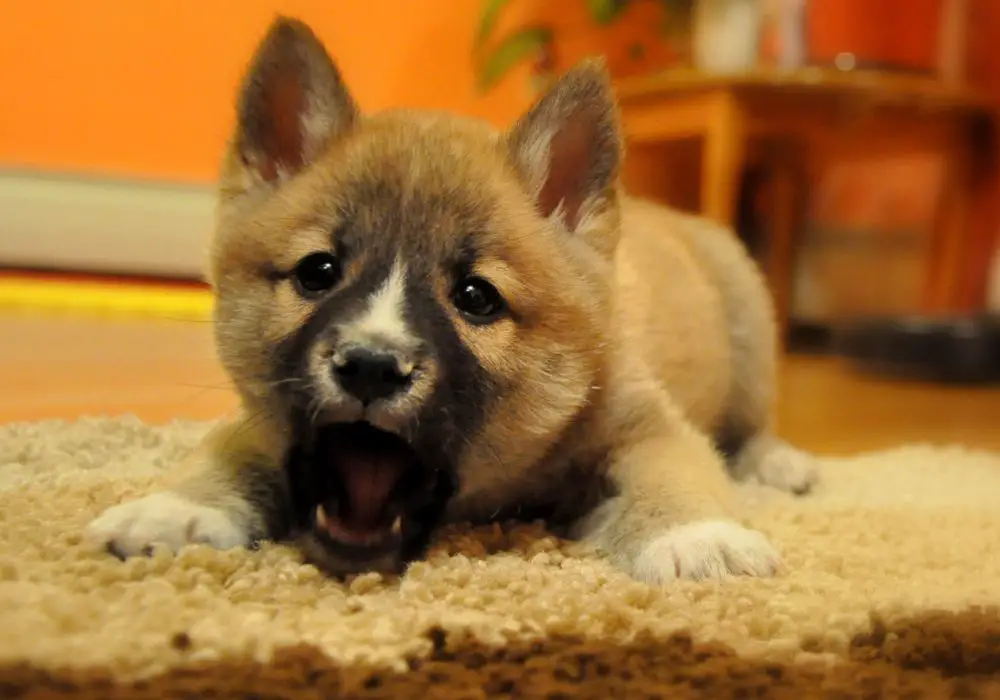
Complications during the teething process are rare and it’s unlikely that you’ll need to see a vet during this time. However, here are some ways that you can support your puppy throughout their teeth development.
- Chew Toys – You’ll want to provide them with chew toys that have been made for teething. These toys are great at giving them the relief they need while not being a choking hazard.
- Chilled Items – If your puppy is in a lot of pain, then giving them something frozen to chew on can be soothing for them. A good idea to freeze a damp cloth but you can also just put one of their toys in the freezer.
- Supervised Play – When your puppies are having a play, it’s a good idea to make sure they are supervised. This is especially important if they are playing with any teething products that may be a choking hazard.
- Seeing a Vet – A visit to the vet for teething is rare but it may be required. The key signs to look out for are a prolonged loss of appetite, extreme pain, or excessive bleeding.
How to Care for Dog Teeth
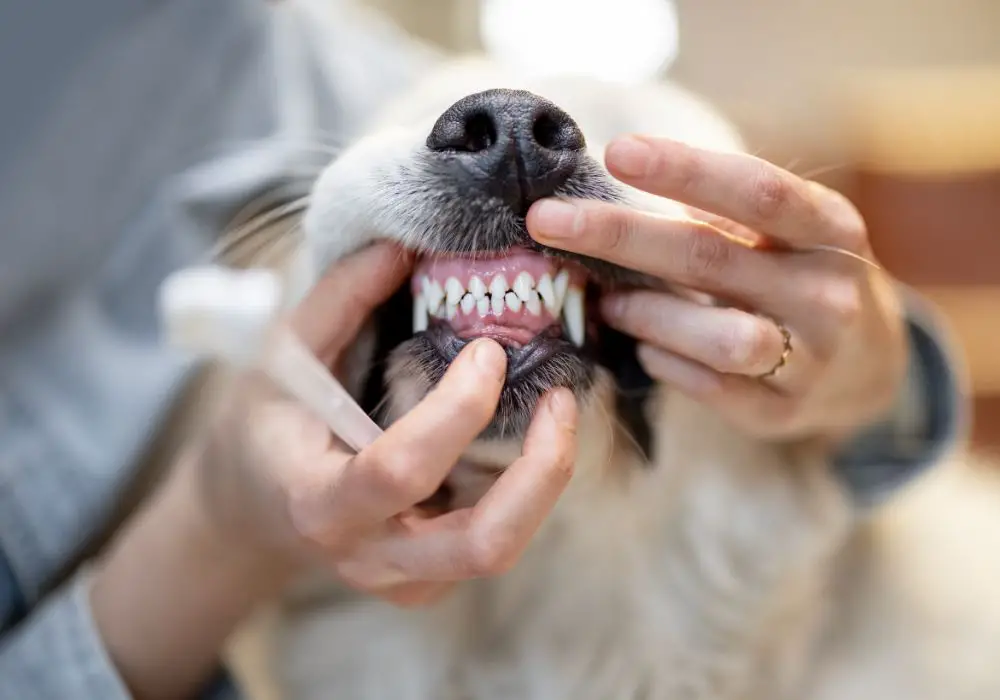
Caring for a dog’s teeth is important. You should start this when they are a baby but it’s especially important when their adult teeth come in. Here is what you should be doing to prevent any dental problems.
- Brushing – You should regularly brush your dogs’ teeth. It’s best to start this when they are pups to get them used to the process. You should be doing this at least two to three times per week but ideally every day.
- Supplements and Additives – You can add supplements to their food and additives to their water to help with their dental health. These usually work by softening any plaque which will help to prevent it from building up.
- Dental Toys and Bones – Giving them something to chew on is a good idea, even when they have stopped teething. Many dogs love doing this and it has the added benefit of scraping against their teeth and removing any plaque.
- Chews – There are many dental chews that a dog can be given. These often have a unique shape that is designed to rub against those teeth. This is a win-win as your dog gets a tasty treat and you have the satisfaction of knowing it’s cleaning their teeth.
- Sprays, Gels, and Wipes – There are a range of products out there that you can either spray or wipe on your dog’s teeth to keep them clean. It’s important to note that these aren’t a suitable replacement for brushing but can be a great idea to keep their teeth clean between brushes, or if you are pushed for time.
- Healthy Food – As with humans, dental issues are going to be caused by sugars. There are sugars in carbohydrates that are often found in dog food. While this is unavoidable, it’s best to avoid giving them any refined sugars and limit their carbohydrate intake from other sources, such as bread. Also supplement their dog food with healthy snacks, such as carrots.
Conclusion
The process of dogs growing out their baby teeth, them dropping out, and being replaced with their permanent teeth can be rapid. It will all be over in the space of a few months, with the teeth usually dropping out between three and six months.
During this time, they may have a few issues with teething but these can usually be solved with chew toys, and a trip to the vet is rarely required. Make sure they are supported by regular brushing so their adult teeth grow healthy and strong.

